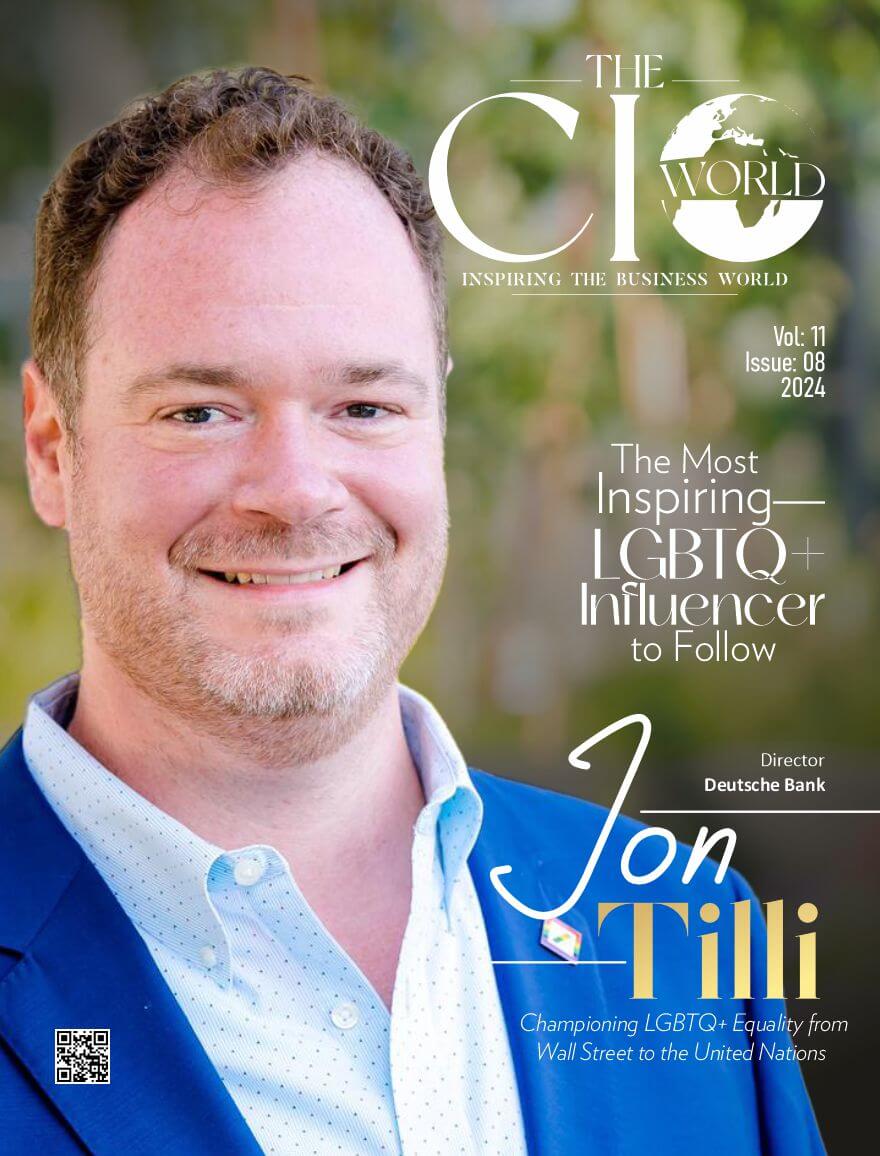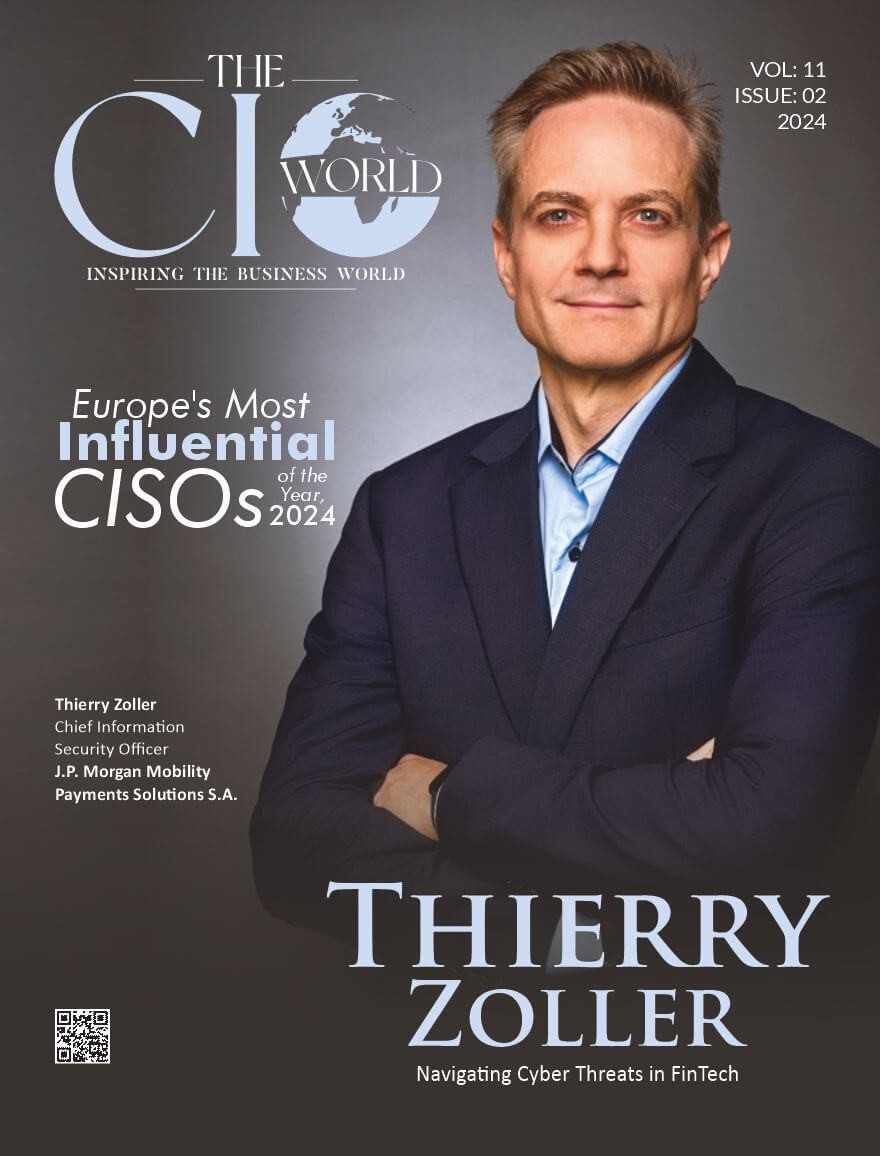Strategic Leadership in Global Trade and Approach to Multicultural Challenges in Business!
Managing the complex sector of global business compliance poses a formidable challenge for many organizations. As regulations evolve and the digital landscape expands, companies risk falling behind if they fail to adapt. Meet Selin Vural, the Global Head of Compliance at Dorsch Global, whose unique blend of architectural insight and business strategy is redefining how organizations approach compliance in an increasingly intricate world.
With over 22 years of experience, Selin is not just a compliance expert; she is a visionary architect of innovative solutions. Armed with an MBA and project management credentials, she seamlessly integrates technical design expertise with strategic business acumen.
Her role at Dorsch Global, a prominent German holding company operating in over 50 countries, places her at the forefront of corporate governance and risk management, where she implements robust enterprise PMOs that ensure compliance while fostering innovation.
Selin’s influence extends beyond her corporate role. As a mentor and advisory board member for various government organizations, she champions the ethical governance of artificial intelligence, ensuring that technological advancements align with regulatory standards. Her commitment to nurturing innovation and developing exponential strategies for both startups and established businesses sets her apart as a thought leader in the field.
Let’s know more about her journey:
Could you please briefly introduce your company and its inception story?
Dorsch Global is recognized as a leading consulting and engineering company providing sustainable infrastructure solutions for present and future generations. As a subsidiary of RSBG SE, a holding company of the RAG-Stiftung, the company contributes to the noble purpose of the foundation. This purpose is to fund the perpetual obligations from German hard coal mining and the protection of an intact environment.
Addressing the infrastructural and social challenges of a dynamic world, the core business areas of Dorsch Global are transportation infrastructure, water & environment, innovative planning, architecture & urban development, energy & industry, and development cooperation.
With a team of approximately 7,200 employees in more than 50 countries, Dorsch Global is currently supporting more than 12,000 projects in all life cycles; responsible towards people and nature, with regionally rooted expertise that stems from more than 70 years of company history. In 2023, Dorsch Global designed and managed projects with a value of over 30 billion Euros.
Can you tell us about your journey to become a Chief Compliance Officer? What motivated you to pursue this career path?
My journey to becoming a Compliance Officer has been shaped by a diverse set of experiences and a deep commitment to ensuring that business growth is both strategic and compliant with regulatory standards, especially in a multicultural, multi-industry environment where operations span across different regions.
Starting as an architect, I developed a meticulous attention to detail and a strong understanding of how critical it is to adhere to strict guidelines and standards in every project. My transition into a PMO role further honed my ability to manage complex projects, where compliance with timelines, budgets, and regulations was paramount to achieving success.
Pursuing an MBA expanded my perspective on business strategy, risk management, and the critical importance of aligning organizational objectives with regulatory requirements. In a global landscape, where businesses must navigate diverse legal and cultural environments, it is essential for companies to have a unified understanding of doing business to maintain a consistent voice of compliance.
My motivation to pursue the role of Global Compliance Officer stemmed from a desire to leverage this unique combination of skills, technical precision, project management expertise, and strategic business insight, to drive success while ensuring that every aspect of the business operates within legal and ethical boundaries. I am passionate about the role of compliance in fostering sustainable growth, and I am committed to leading teams in a way that not only achieves objectives but also upholds the highest standards of integrity and regulatory adherence across diverse markets, ensuring that the company speaks with one voice, no matter where it operates.
How do you approach building and maintaining relationships with key stakeholders within and outside the organization?
As a Global Compliance Officer, I prioritize building and maintaining strong relationships with key stakeholders by fostering open communication, transparency, and trust. I engage regularly with internal and external partners to understand their needs and concerns, ensuring that compliance strategies align with broader organizational goals.
I also emphasize the importance of collaboration, actively seeking input and feedback to address challenges and implement effective solutions. By maintaining consistent, clear, and respectful interactions, I create a foundation of mutual respect that supports long-term partnerships and effective compliance management across the organization.
What is your leadership style, and how do you adapt it to different team dynamics?
My leadership style is collaborative and adaptable, focused on empowering my team while providing clear guidance and support. I believe in leading by example, fostering an environment of mutual respect and open communication.
Depending on the team dynamics, I adjust my approach—whether it’s being more hands-on with teams that require close direction or giving more autonomy to experienced and self-driven teams.
I emphasize the importance of continuous learning, encouraging my team members to develop their skills and take ownership of their work. By remaining flexible and responsive to the unique needs of each team, I ensure that we work together effectively to achieve our goals.
Can you share an example of a successful initiative you led that significantly improved employee engagement?
One successful initiative I led to significantly enhance employee engagement was the implementation of a comprehensive compliance awareness program across our global operations.
Recognizing the importance of making compliance both relatable and engaging for employees, I introduced a series of interactive workshops and e-learning modules tailored to the specific cultural and regulatory contexts of each region.
Additionally, I continuously stay updated on technological advancements and integrate innovative solutions into our company-wide compliance framework. For instance, I introduced a software platform that enables related departments to conduct business partner due diligence with 100% accuracy and perform risk management based on precise information.
How do you prioritize competing demands and projects within your role?
In my role as Global Head of Compliance, I prioritize competing demands and projects by first assessing the level of risk and impact associated with each task. I focus on projects that have the highest potential to affect the organization’s compliance posture and legal standing. I also consider the urgency of regulatory deadlines and the strategic importance of each project to the business.
Effective prioritization involves clear communication with stakeholders to understand their expectations and aligning project timelines with the organization’s overall goals. I use a structured approach, such as a priority matrix, to ensure that my team and I allocate resources efficiently and address the most critical issues first.
Additionally, I regularly review and adjust priorities as new information emerges, ensuring we remain agile and responsive to changing circumstances. This disciplined approach allows me to manage multiple projects effectively while maintaining the integrity and effectiveness of our compliance efforts.
How do you measure success in your role, and what key performance indicators do you focus on?
In my role as Global Head of Compliance, I measure success by focusing on key performance indicators such as the reduction of compliance incidents, positive regulatory audit outcomes, and high employee engagement in compliance training. I also prioritize the timeliness of compliance reporting and the effective integration of new regulations into our existing frameworks.
These KPIs ensure that our compliance program not only meets regulatory standards but also actively supports the organization’s broader objectives by managing risks and fostering a strong culture of compliance.
What advice would you give to someone aspiring to become a Chief Compliance Officer?
For those aspiring to become a Compliance Officer, my advice is to focus on a few key areas that are essential for success in this role. First, develop strong stakeholder management skills. Building and maintaining relationships with internal and external partners is crucial, as effective compliance relies on collaboration and mutual understanding.
Cultural understanding is another critical area, especially if you’re working on a global scale. Being aware of and sensitive to cultural differences will allow you to implement compliance programs that are both effective and respectful of local practices.
Strong regulatory knowledge is the backbone of any compliance role. Stay informed about relevant regulations in your industry, and continuously update your knowledge as laws evolve. This will ensure that your compliance strategies are both current and effective.
Finally, stay ahead of technological advancements, particularly in areas like AI, and understand their regulatory implications. Embracing these technologies can enhance your compliance efforts, but it’s essential to remain compliant with emerging laws and standards.
By focusing on these areas, stakeholder management, cultural understanding, regulatory expertise, and technological awareness, you’ll be well-prepared to excel as a Compliance Officer in a complex and ever-changing environment.







